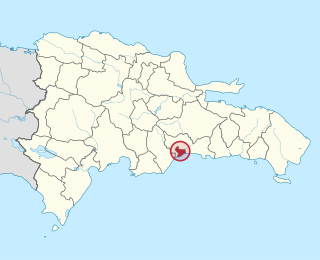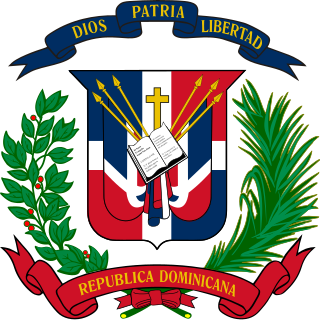
The Dominican Republic is a representative democracy, where the President of the Dominican Republic functions as both the head of the government and head of the multi-party system. Executive power is exercised by the government. Legislative power is vested in the bicameral National Congress. The Judiciary is independent of the executive and the legislature.

Elections in Mexico determine who, on the national level, takes the position of the head of state – the president – as well as the legislature.
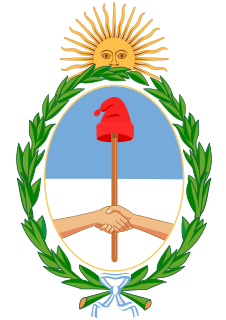
This article is about voting, elections, and election results in Argentina. For details of Argentine government institutions and political parties, see Politics of Argentina.

The Chamber of Deputies is a house of the bicameral Parliament of Italy. The two houses together form a perfect bicameral system, meaning they perform identical functions, but do so separately. Pursuant to article 56 of the Italian Constitution, the Chamber of Deputies has 630 seats, of which 618 are elected from Italian constituencies, and 12 from Italian citizens living abroad. Deputies are styled The Honourable and meet at Palazzo Montecitorio. The Chamber and the parliamentary system of the Italian Republic and under the previous Kingdom of Italy is a continuation of the traditions and procedures of the Parliament and Chamber of Deputies as established under King Charles Albert (1798–1849), during the Revolutions of 1848, and his son Victor Emmanuel II (1820–1878) of the Kingdom of Sardinia-Piedmont which led in the "Italian unification Risorgimento movement" of the 1850s and 1860s, under the leadership of then-Prime Minister Count Camillo Benso of Cavour.

Romania elects on a national level a head of state – the president – and a legislature. The president is elected for a five-year term by the people. The Romanian Parliament has two chambers. The Chamber of Deputies has currently 329 members, elected for a four-year term by party-list proportional representation on closed lists. The Senate (Senatul) has currently 136 members, elected for a four-year term by party-list proportional representation on closed lists.

The Dominican Republic is a unitary state with elected officials at the national and local levels. On a national level, head of state, the President, is elected directly by the people. All members of a national legislature, The Congress of the Republic divided in two chambers. The Chamber of Deputies and the Senate. There are also elected offices at the local level. It is estimated that across the whole country, over four thousand offices are filled in every electoral cycle.

Elections in Rwanda take place within the framework of a multi-party democracy and a presidential system. The President and majority of members of the Chamber of Deputies are directly elected, whilst the Senate is indirectly elected and partly appointed.

The Senate of Zimbabwe is the upper of the two chambers in Zimbabwe's Parliament. It existed from independence in 1980 until 1989, and was re-introduced in November 2005. The other chamber of Parliament is the House of Assembly

General elections were held in Uruguay on 31 October 1999 alongside a double referendum, with a second round of the presidential election on 28 November. The elections were the first in Uruguay since World War I that were not dominated by the Colorado Party and the National Party. The Broad Front had begun gaining popularity in 1994, and had become key player in Uruguayan politics by 1999.

A parliamentary election was held in the Dominican Republic on 16 May 2010 to elect members to the 32 seats in the Senate and 183 seats in the Chamber of Deputies. Polls forecasted a victory for the Dominican Liberation Party (PLD) of President Leonel Fernández. Before the election, 96 of the 178 Chamber of Deputies seats and 22 of the 32 Senate seats were controlled by the PLD.
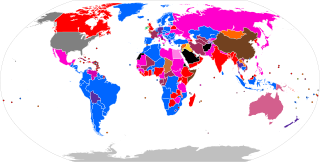
An electoral system is a set of rules that determine how elections and referendums are conducted and how their results are determined. Political electoral systems are organized by governments, while non-political elections may take place in business, non-profit organisations and informal organisations.

Legislative elections were held to elect members to both chambers of Congress in Colombia on 9 March 2014. The nationwide constituency for the 102-member Senate was contested, as well as the 166 seats of the House of Representatives, plus the delegates to the Andean Parliament. There were 773 candidates for the Senate, 1528 candidates for the House of Representatives, and 23 candidates for the five Colombian seats in the Andean Parliament. 32,795,962 Colombians had been registered to vote in the elections by the cut-off date of 25 January 2014.
General elections were held in Dominican Republic on 15 May 2016 to elect a president, vice-president and the Congress, as well as 20 deputies to the Central American Parliament, municipal councils, mayors and vice mayors. On 15 May 2015 Roberto Rosario, president of the Central Electoral Board, said that there would be about 4,300 seats up for election in the "most complex elections in history".

The next Czech legislative election will be held in or before October 2021. All 200 members of the Chamber of Deputies of the Czech Republic will be elected and the leader of the resulting government will become the Prime Minister.

Legislative elections are scheduled to be held in Romania in late 2020 or early 2021, provided that Parliament is not dissolved earlier.

General elections will take place in Uruguay in October 2019. If no presidential candidate receives a majority in the first round of voting, a runoff will take place in November 2019.
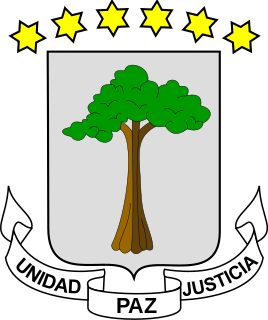
Parliamentary elections were held in Equatorial Guinea on 12 November 2017. The ruling Democratic Party of Equatorial Guinea won all but one of the seats in the Chamber of Deputies, every seat in the Senate and control of every local council.
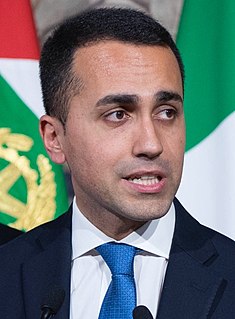
The next Italian general election is due to be held no later than 28 May 2023.

General elections were held in Paraguay on Sunday, 22 April 2018. President Horacio Cartes and Vice-President Juan Afara of the Colorado Party were not eligible for re-election. The presidential elections were won by the Colorado Party's Mario Abdo Benítez, who defeated Efraín Alegre of the Paraguay Alegre alliance. The Colorado Party also won the most seats in the Senate and Chamber of Deputies. The new President and Vice-President took office on 15 August 2018 and will leave office in August 2023.

General elections will be held in Argentina on 27 October 2019, to elect the president of Argentina, members of the national congress and the governors of most provinces. Mauricio Macri is the sitting president, and will run for re-election.







